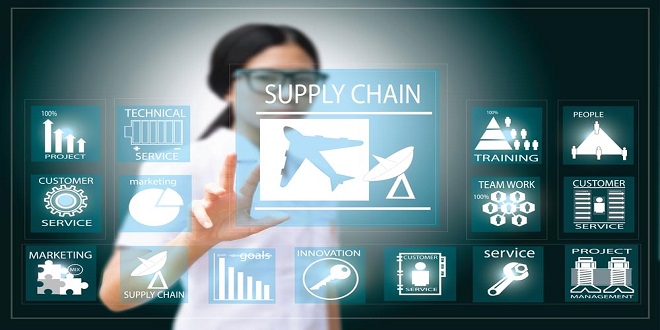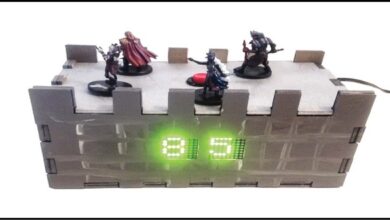
INTRODUCTION
Supply chain management (SCM) attempts to identify the most cost-effective or profitable way of “getting the right product to the right place at the right time”. It is concerned with the goal of delivering the right amount of products or services from the point of origin to the point of consumption in the least amount of time and at the least cost. This becomes complex in supply chains that involve multiple levels of suppliers, manufacturers, distributors, retailers, and customers. A well-managed supply chain benefits all the members of the chain, maximizing throughput and profit, by effectively coordinating all of the resources in the chain
WHAT IS THE SUPPLY CHAIN?
The supply chain for a product (or service) is the system of companies and business functions that it goes through, from creation to delivery to the ultimate customer. For a typical manufacturing company, the supply chain might be modeled as follows:
Suppliers ⇒ Manufacturer ⇒ Distributor ⇒ Consumer
SUPPLY CHAIN MANAGEMENT AND THE VALUE CHAIN
Porter’s value chain model depicts activities within a firm or industry that show how value is produced through the creation of a product (or service). Primary activities include inbound logistics, operations, outbound logistics, marketing and sales, and after-sales service. There are also support activities related to the infrastructure of the business, human resource management, and technology. These activities create a product that has a value to the marketplace that is determined by what customers are willing to pay for it. The difference between the value of the product and the costs associated with all the activities required to produce that value represents the margin or profit for the business. Value chain analysis deals with how to maximize a firm’s profit by studying the costs associated with the various activities of the business, and reducing or eliminating costs that do not add to the value of the product
Service Supply Chains
Service SCM has become more important as the economies of most industrialized nations have become more service-oriented. For example, in the United States about 80% of all workers are currently employed in the service sector (Fitzsimmons & Fitzsimmons, 2001). In service industries, the process of “delivering the service” is the product. Service supply chains focus on managing the people, projects, clients, and other resources involved in delivering these services. Supply chain management in the service sector uses technology to streamline the delivery of services and optimize the use of the resources involved in the process.
AREAS OF TECHNOLOGY
The technologies used in SCM are somewhat fragmented. Although some companies have tried to be all-inclusive in handling the various technologies required, none have been especially successful. The trend has been to take a modularized implementation approach to these solution areas, often using software products from multiple vendors. Even when an all-inclusive integrated system is selected, it is most often implemented in a modular fashion. These multiple technologies are then assembled together, to form a complete SCM solution.
Last word
These technology packages include software to model and simulate the supply chain. Their purpose is to allow designers to build models of the supply chain and then simulate various activities and volume levels to determine how the modeled supply chain will perform. They are invaluable tools for predicting the performance of new supply chains and for assessing changes proposed for existing supply chains.




